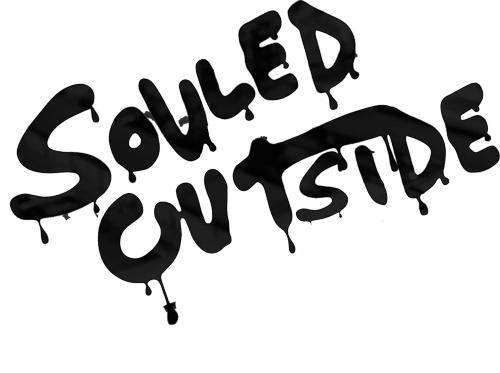The night train rumbled into Hanoi just before dawn. It had taken all night to rattle 500km north from Dong Hoi to the nation’s capital, and in that time we’d suffered (1) shattered kneecap, (1) night of vomiting in urine-swelled squat toilets (2) hangovers and (9) hours of fitful sleep.
Tiến Quân Ca, the Vietnamese national anthem blared through the train’s loudspeakers as we rolled to a stop over the city’s old cobblestone rail yard. Loosely translated, the title means “Song of the Marching Troops.”
This is what we expected to find in Hanoi.
Here, there are statues of Lenin. This is the resting place of Ho Chi Minh. There are at least three war museums dedicated to the victory over “colonialists.” And, the shattered remains of a B-52 are still resting in a lake in a forgotten part of town. Red banners emblazoned with a gold hammer and sickle line government buildings. Red flags with a single gold star dot the streetscape. The museums are filled with half-truths and propaganda, the most glaring of which being an exhibit at Hỏa Lò Prison—the Hanoi Hilton—showing how well American prisoners were treated there during the war.
Walking through that exhibit will make your red, American blood boil. But if you allow the fog of the past to cloud your view of the present city, you miss out on an entirely different side of the story.
This is the other side of Hanoi:
If you spend a few days in Vietnam, you begin to get the sense that there’s a difference between the people and the government. The everyday people we’ve met here have been almost universally remarkable. Our hotel—the O’Gallery—might be the single greatest home away from home ever created. The staff saved us, first by giving Michael a free ride and translator to the train station, where he’d left a piece of his luggage. They followed up by delivering him birthday cake and wine (two weeks early), and packing us to-go breakfast for a daybreak ride to Ha Long Bay. And that was on top of letting us check in half day early after the train ride from Dong Hoi. (All for the price of a Super 8 back home.)
To a traveler in these lands, the hive of red-and-yellow government rhetoric feels like a bizarre backdrop to a mostly normal society: one where courteous—indeed, exceptionally nice—people work and play. Yes, there is poverty. Yes, there is dirt, and there are health hazards (especially with the food) that wouldn’t fly in the western world, but Hanoi’s city core represents the best of what Vietnam has to offer.
This is the crown of a bustling city of 7.5 million. This is a place that can stand toe-to-toe, culturally and architecturally with some of the most beautiful in the world.
This, is what we did not expect to find in Hanoi.

The heart of the city is clean. Amidst the blocks of propagandist government banners, brilliant pagodas, ancient shrines and historical monuments dot the city’s lake-filled landscape.
On a warm winter night, it’s a fantastic place to walk and soak in the best of what Vietnam’s city life has to offer: around Hoàn Kiếm Lake, the roads are blocked and filled with thousands of pedestrians. Locals playing hacky sack mix with backpackers and tourists from every corner of the globe. Vendors peddle goods—some cheap, and some authentic—to anybody who passes within earshot. And, of course, the smell of hot street food fills the air at every intersection.
Aside from the occasional pick-pocket, there’s no crime in sight. And the police seem content to sip water and tea, watching the scene from tiny plastic tables outside of their street-side precinct.

This is the Hanoi that most Americans don’t see. And maybe that’s understandable.
For at least a generation, the city has been a bad word. It’s been an instant trigger for rage, its most visible symbol in the U.S. being that of the old prison where so many atrocities were committed—first by the French against the Vietnamese, and then by the Vietnamese against Americans.
But after three days here, I think it’s time for those who can to take another look at the capital of Vietnam.
We got what we expected when the trailed rolled into the station. We stepped out of the car and into a scene from Rocky IV. But when we got into the streets with the people of Hanoi, we walked into a new script that has yet to be written.
Rebuilt and repurposed, Hanoi, Vietnam is a fine place to be.










